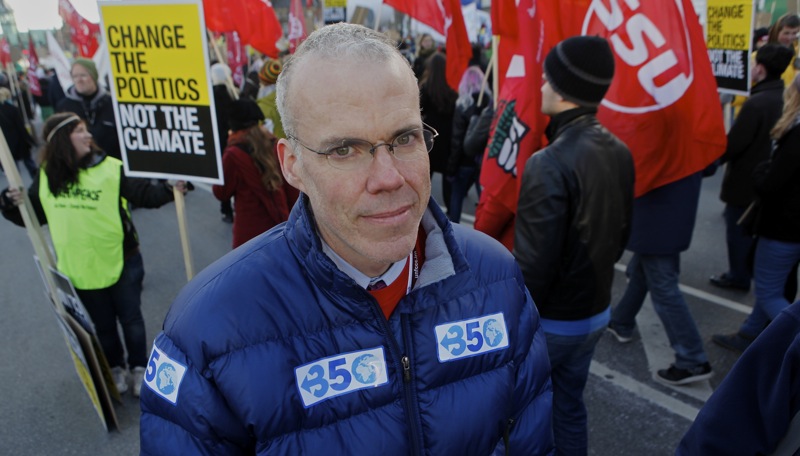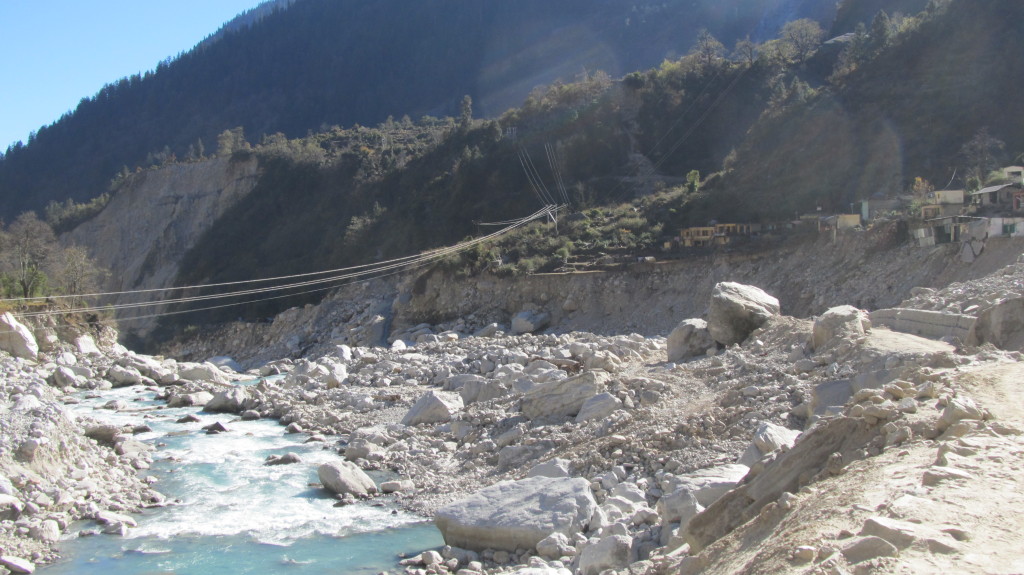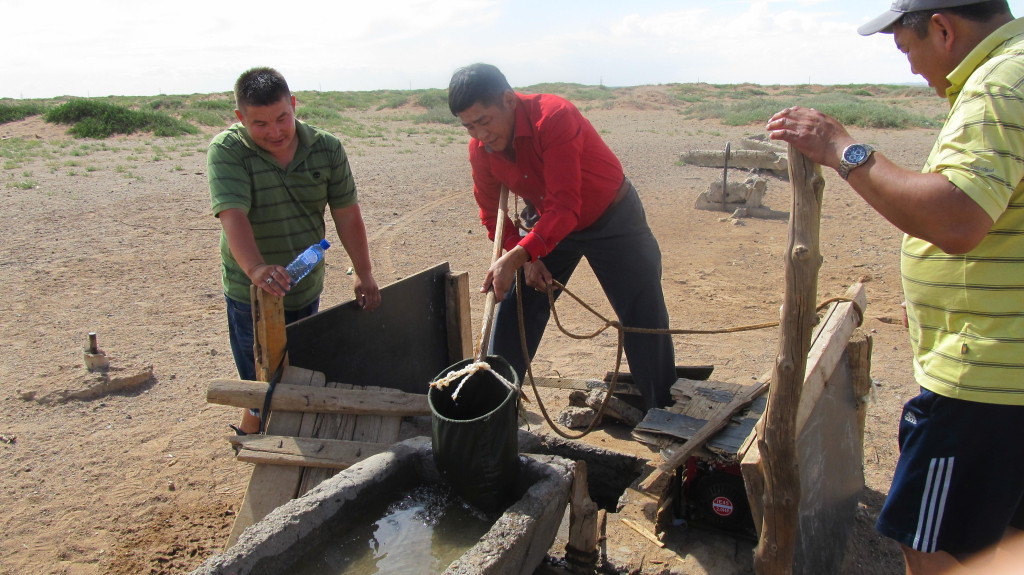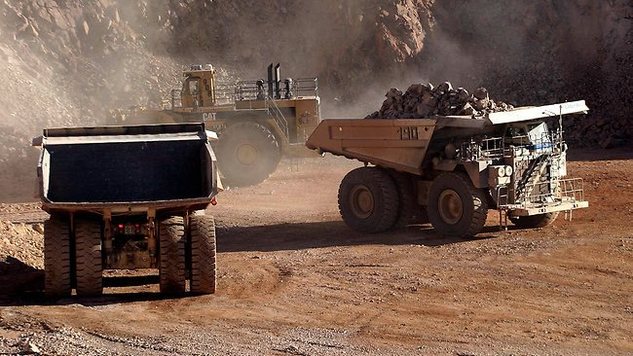
Earth Day, first celebrated 45 years ago in the United States, is now a grown-up international convergence that joins a reckoning with ecological deterioration to the panorama of human activity devoted to improving the planet’s condition. What’s inspiring about Earth Day is that the same principles of responsibility, collective action, pollution prevention, and natural resource conservation that informed the first Earth Day in 1970 have proven to be the durable foundation of 1) ecological repairs on every continent, and 2) social movements that are fostering public pressure and government action to solve the tough threats that remain.
My personal Earth Day history encompasses nearly all of the modern environmental movement and its myriad transitions. I was 14 years old on April 22, 1970, an eighth grader in Highlands Junior High School in White Plains, New York. Earth Day was such a big national event that the White Plains Public School administrators called a school holiday to allow students to participate in organized activities, most of them focused on some sort of clean-up. I organized a few of my friends to join me in painting the White Plains train station, and dragging old tires and appliances out of the Bronx River, which flowed past the station. Our work attracted notice from The New York Times, which reported on our work in the second to last paragraph of a front-page article on Earth Day in the April 23, 1970 edition of the newspaper.
The path I chose to embed my life in environmentalism was through journalism and story-telling. As a student at Haverford College in the late 1970s I studied chemistry and biology, literature and history, which provided the research skills required of environmental reporting and knowledge of the arcane language of two of the galvanizing threats of that era: managing toxic and nuclear wastes. Very soon after the start of my career the Love Canal toxic waste site was discovered in upstate New York, and half the radioactive core of a nuclear reactor melted during an accident in March 1979 at the Three Mile Island nuclear plant on the Susquehanna River, downriver from my first newspaper job in Wilkes-Barre, Pennsylvania.
Over the decades the risks that attracted the country’s attention, and the focus of my own reporting, steadily evolved. Water and air pollution. Conserving wild lands, wild habitats, and wild species. Activism to curb pesticide use in food production. The advent of genetic engineering in agriculture. Disastrous oil spills. The push-back from property rights groups and conservative activists about government authority to regulate wetlands, private lands, and business. Ocean pollution and the decline of coral reefs and fisheries. Suburban sprawl as an environmental problem and smart growth urban redevelopment as its cure. Climate change. Fracking. The global confrontation between rising demand for energy and food in the era of declining freshwater resources.

There’s no end to the reasons for pessimism about our planet’s condition. In Asia, rising coal consumption in China and India warms the atmosphere and is causing eight-year-olds in China to develop lung cancer. In South America, gold mining and forest cutting are wrecking the Amazon. In North America, unconventional fuels production is torturing the forests and water of northern Alberta Canada, contaminating drinking water and causing earthquakes in the United States, and pouring explosive fuels into flimsy rail cars for transport to coastal refineries. The planet’s population continues to grow 80 million people annually.
Yet what keeps me and so many other people devoted to the principles of Earth Day is the progress that’s been made, and the convergence of powerful trends motivating big changes in how we operate.
On the progress front it’s no reach at all to state the obvious in the United States. Air and water are much cleaner than they were before 1970. Cities are thriving as a result. Forests, wetlands, and farmland enjoy broad popular support, even from unexpected quarters. Three-quarters of the voter referendums for expanding parks and conserving wildlands and farmland are approved in the United States.
Outside our borders a popular movement to conserve the grasslands and drinking water supplies produced an environmental activist government in Mongolia. Deep public concern about air pollution in China led last November to a U.S.-China agreement to reduce climate changing emissions. Campesino activism in the Peruvian Andes over drinking water quality and supply closed one proposed gold mine and prompted another to operate with much more stringent air and water quality limits. Panama, one of the best managed developing nations in the world, has conserved much of its bounty of rainforests and clean water and is busy building a commercial eco-paradise.

What these examples express is a convergence of remarkably powerful trends around the goal of securing Earth’s natural riches and the safety of its living communities. The three that are, arguably, the most important:
1. The advent of the Internet to link disparate local activist movements into global campaigns to stem pollution, forest cutting, and all manner of other environmental depradations. In Mongolia’s South Gobi desert, a handful of herders linked to a global supply chain of technical expertise and financial resources, forced Rio Tinto to build a state-of-the-art gold and copper mine that recycles much of its water. In India, local activists linked to state and national colleagues, halted construction of a 2,000-megawatt hydropower dam that was viewed as a signal threat due to flooding and earthquakes in the region. The Internet has helped magnify the work of local campaigns and is putting an end to the era of mega-energy projects — big dams, big mines, big drilling projects — across much of the world.
2. Solar and wind power are emerging as mainstream generators of electricity across the world. Both technologies produce no air pollution and use scant water supplies. Both technologies are encouraging the development of decentralized transmission networks that are capable of powering individual villages instead of entire national sectors. Both technologies are encouraging new technical innovation and job growth. Both technologies are hastening the end of the use of coal in generating electricity. We are witnessing first-hand the kind of transition that occurred in the 19th century when steamship technology replaced sail power.
3. The development of a vast and influential international movement to slow climate change. It seems likely, even inevitable, that climate change will become a defining issue in the 2016 presidential election in the United States. The differences between the two major parties is well-defined and acute. The Republican position — that climate change is a scientific hoax — is so absurd that GOP strategists are developing a message agenda that puts party leaders into a more defensible posture. As for the assertion that solving climate change threatens the economy. That’s also absurd. The innovation and job growth that comes with pushing the U.S. and the world into a new industrial era powered by cleaner fuel sources will reduce joblessness, improve planetary and human health, and lead to new realms of prosperity.
It’s important to note that back in 1970 the same argument was made by critics of environmental progress, that taking care of the nation’s air and water and land would harm the economy. What a crock. The U.S. economy, in inflation-adjusted dollars, is four times larger today than it was 45 years ago.
— Keith Schneider





One thought on “Earth Day 2015 Marks Convergence of Inspiring Trends”